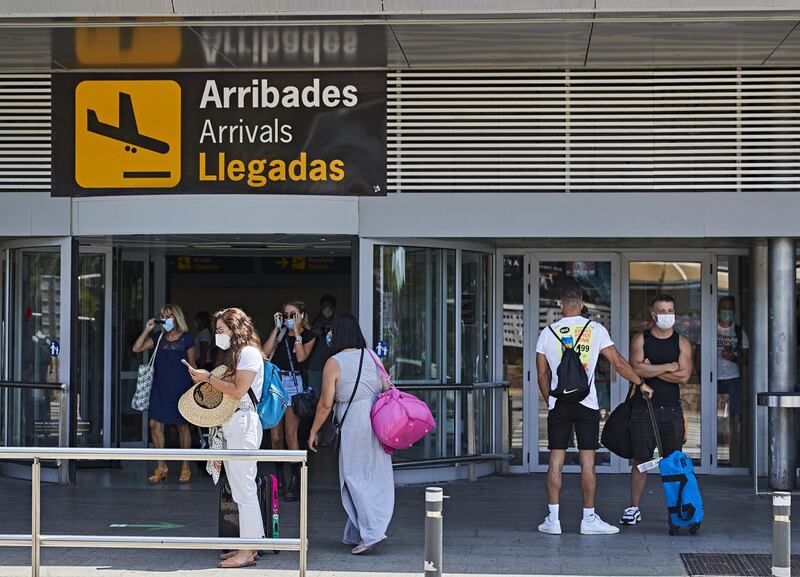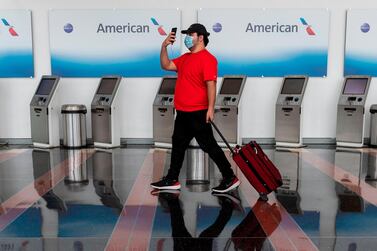European airport passenger traffic will return to pre-coronavirus levels by 2023 at the earliest and the pace of recovery will vary across the sector, Moody's Investors Service said.
Domestic flights are expected to recover faster than international trips, with European short-haul travel picking up before long-haul, the ratings agency said.
"Cuts in investment and operating costs will support cash flow and limit the increase in airports’ debt burden,” said Joanna Fic, senior vice president at Moody's.
The forecast is in line with a Moody's prediction about two weeks ago that airline passenger demand around the world will recover to pre-pandemic levels at the end of 2023, and only if effective vaccines are available.
The rapid and widening spread of the deadly outbreak devastated the global aviation industry as governments took measures to restrict international and domestic travel, while banning non-essential travel.
As a result, all European airports experienced a substantial disruption in operations, with traffic declines of up to 100 per cent in the April to May period, compared with the previous year.
European airports rated by Moody's reported a 64 per cent decline in traffic in the first half of the year, with passenger volume down by 250 million compared to the same period in 2019.
The impact of the reduction in air travel on European airports will vary depending on location, airline customers and the type of traffic served, according to Moody's.
The agency examined various scenarios of recovery and predicted that this year's traffic at airports in Europe will be about 60 per cent lower than 2019 levels. Passenger volumes are forecast to drop by almost 35 per cent next year.
Air travel restrictions been gradually lifted in most European countries since June, prompting airlines to restart or increase capacity during the summer season.
"As a result, we expect flight activity to gradually resume in the second half of 2020 and continue to increase in 2021," Moody's said.
Airports with significant domestic and EU traffic will recover more quickly than those that cater to international travel.
"The expected faster recovery in domestic air traffic reflects the lack of effective alternative modes of transport, with Norway and Spain being good examples," the report said.
"Domestic traffic will also benefit from behavioural changes, at least in the near term, as less people are likely to travel abroad for their holiday."
However, Moody's issued a warning that a recovery in domestic air travel depends on the containment of the virus and local economic conditions.
Airports with a higher proportion of long-haul international traffic will take longer to recover, despite travel restrictions to some non-EU countries being eased, the agency said.
That is because travellers are expected to favour short-haul flights over long-haul travel initially, even if the outbreak is contained.
Leisure travel is more likely to recover faster than business travel, which is expected to be affected by changes to work patterns, the use of technology and a focus by companies on cost reductions, it said.








